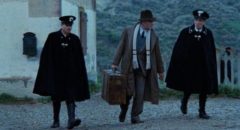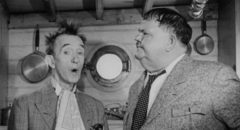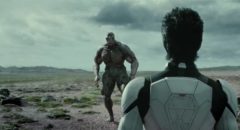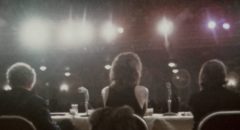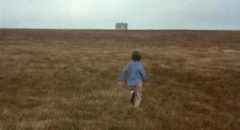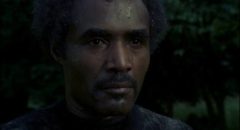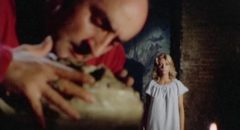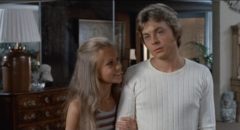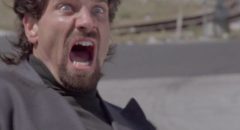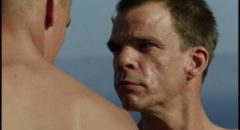
Criterion’s new Blu-ray release gives Claire Denis’ haunting, enigmatic Beau Travail (1999) a gorgeous hi-def presentation. This loose adaptation of Herman Melville’s novella Billy Budd is a film poem to the mysteries of desire set on a Foreign Legion outpost in the arid landscape of Djibouti, centred on a remarkable performance from Denis Lavant.
